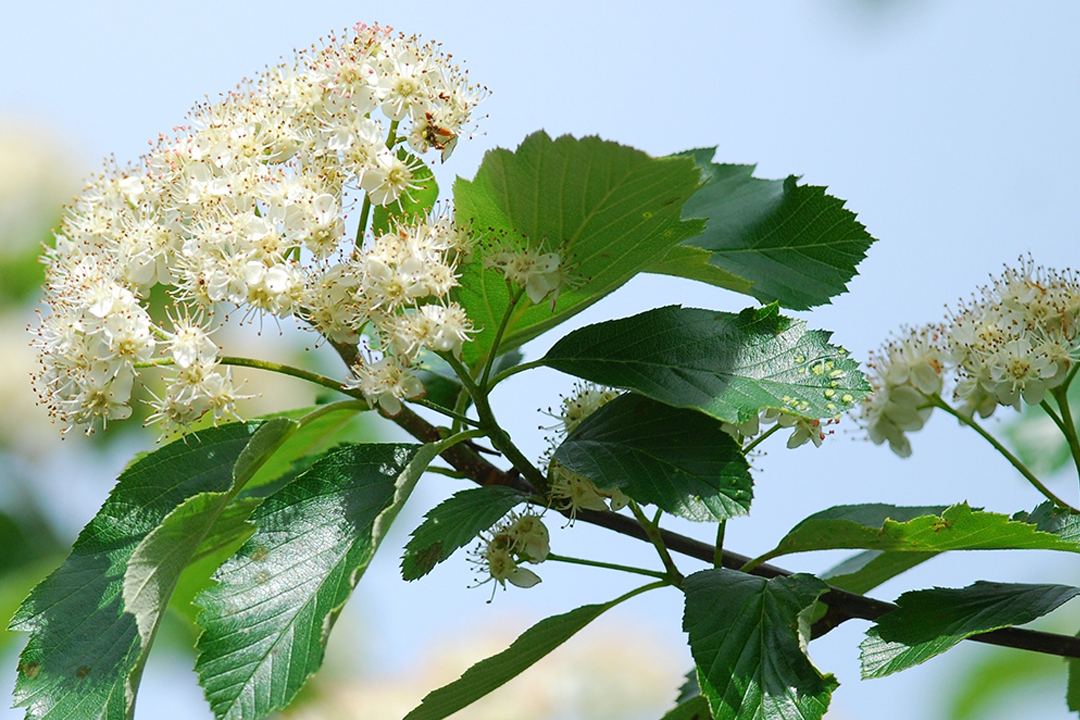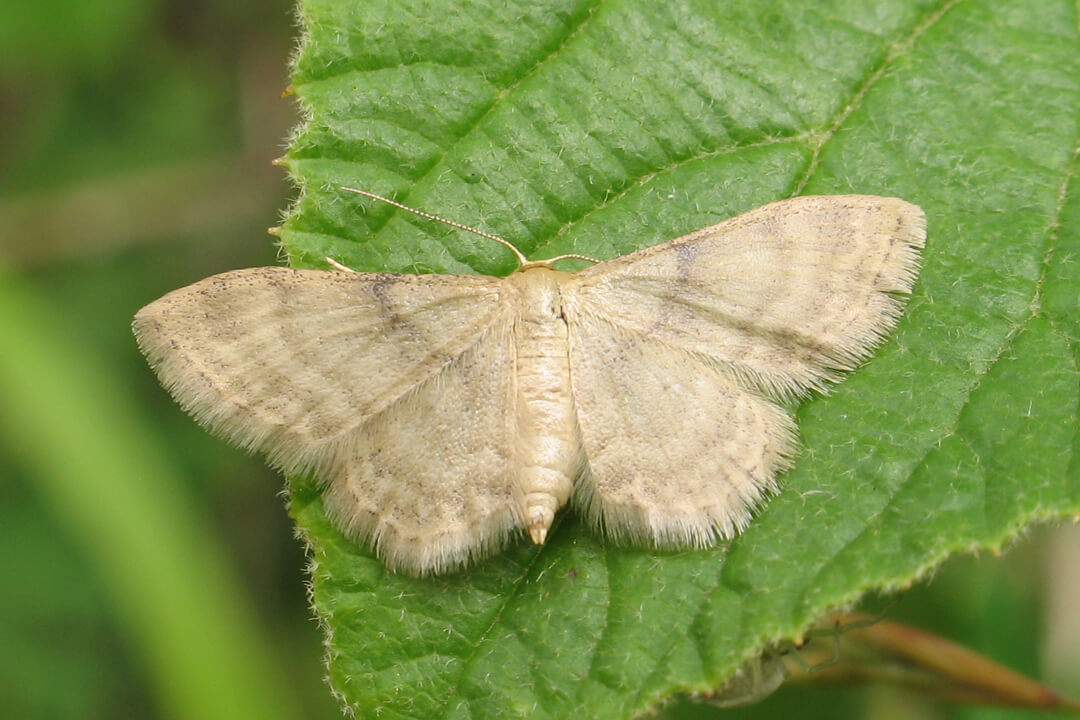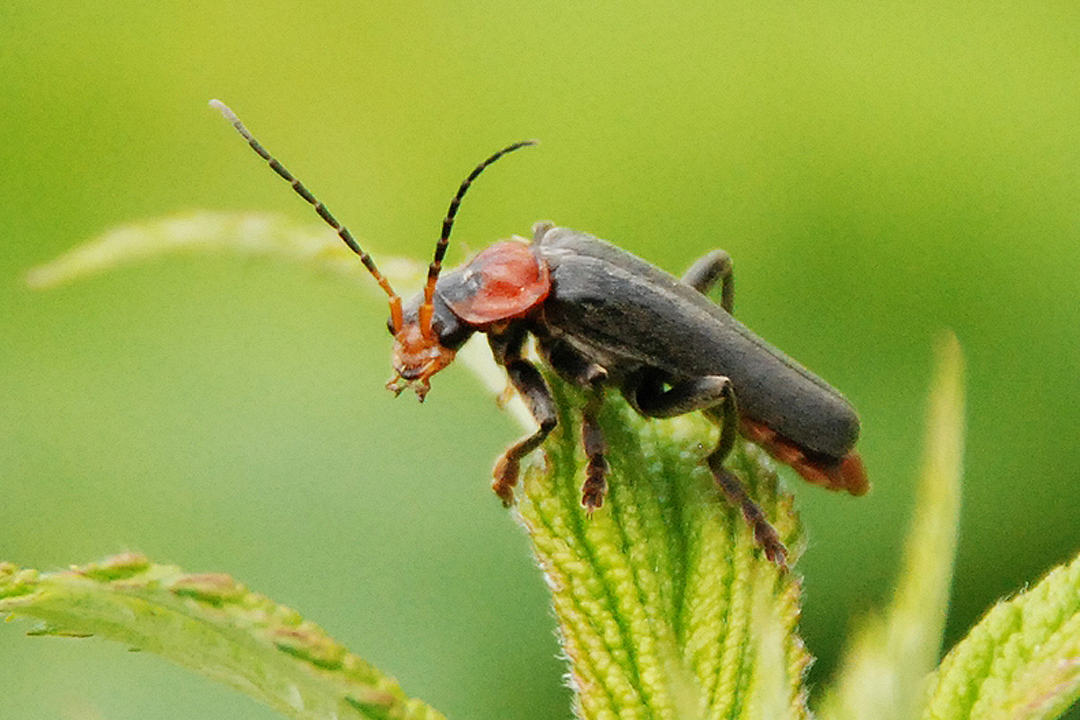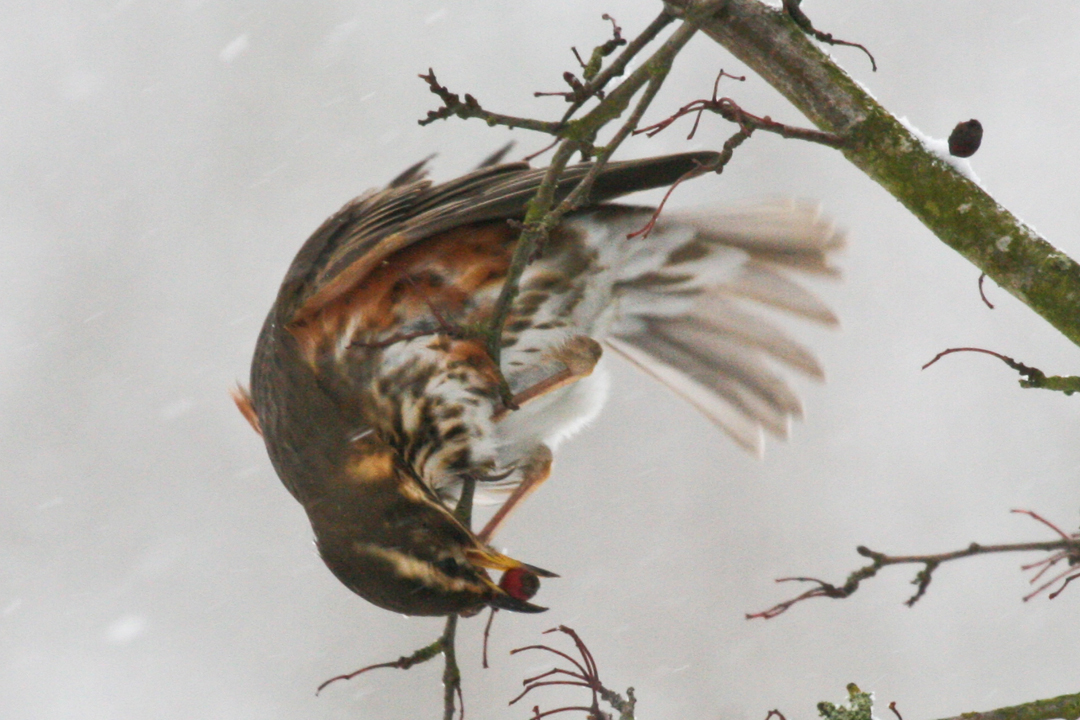The wildlife of the Bristol side of the Avon Gorge and the Downs
In this section of the website you can get a more in-depth guide to some of the wildlife that you can find on the Bristol side of the Avon Gorge and the Downs. If you want to get out and explore there are a range of leaflets and nature trails to download. You can also check out the ‘Downs diary’ for a month-by-month guide to our wildlife highlights.
Rare plants
The Avon Gorge is one of the most important sites for rare plants in the UK. Over 30 different kinds of nationally rare and scarce plants grow here. Most of the rare plants are part of the limestone grassland communities, found on the rocky outcrops and grassy slopes. They include Bristol onion and Bristol rock-cress, which grow nowhere else in the UK. Other rarities include: honewort, dwarf sedge, western spiked speedwell, dwarf mouse-ear, fingered sedge, rock stone crop and autumn squill.

The Gorge is particularly famous for its rare whitebeam trees, some of which grow wild here and nowhere else in the world! Amongst these are the Bristol, Wilmott’s, Avon, Observatory, Leigh Woods, Houston’s and Robertson’s whitebeams.
Meadows
In summer the meadow areas on the Downs are a magical place to visit. For a glorious couple of months they transform from an inconspicuous area of short turf to a knee-high sea of grasses, packed full of colourful wildflowers and buzzing with all sorts of insects. Collectively, the Downs have the largest area of limestone grassland meadow in Bristol.

In late summer, after the plants have had time to set seed, the meadows are cut to make hay.
For further information see the Downs Meadow trail leaflet below.
The dominant (or most common) grass is called upright brome but over 20 other species of grasses can be found here including: quaking grass, crested dog’s-tail, cock’s-foot and sheep’s fescue. Wildflowers to look out for include: cowslips, bird’s-foot-trefoil, oxeye daisies, goat’s-beard, dropwort, lady’s bedstraw, wild thyme, salad burnet, small and field scabious, black knapweed, yellow-wort, fairy flax, yellow rattle, common centaury, harebells, common spotted, southern marsh and bee orchids.
Birds
The Downs are a great place for bird watching. Over 65 different species use the site regularly. Breeding birds include common birds like blackbirds, robins, wrens, blue tits, great tits and chiffchaffs, as well as green woodpeckers, song thrushes, goldcrests, chaffinches and bullfinches.
Many birds also come to the Downs to feed. Big flocks of rooks, crows, jackdaws and gulls can be seen probing grassy areas for juicy worms and grubs. Kestrels and sparrow hawks can also be spotted hunting for food. In winter, they are joined by migrants such as redwings and fieldfares.

Peregrine falcons have bred in the Avon Gorge since 1990. From the Peregrine Watch Point you might be lucky enough to catch sight of these super speedy predators. Whilst hunting they can reach speeds around 200mph (388 km/h).
The best times to see the peregrines’ spectacular aerial displays are: March when the adults are courting, and June and July when the youngsters have left the nest and can be spotted practicing their hunting skills.
Mammals
Invertebrates
The Avon Gorge is home to a large number of nationally rare invertebrates. This includes the silky wave moth, which is only found on two other sites in the UK. Also the hill cuckoo-bee, the lesser bulb fly and Abida secale (a snail). The purse web spider (an elusive relative of tarantulas) lives in the Avon Gorge.


Other insects found on the Downs include: burnet, cinnabar, vapourer and silver Y moths, dark and speckled bush crickets, field and meadow grasshoppers, and common darter and emperor dragonflies.
Leaflets and trails
To help you enjoy the wildlife of the Bristol side of the Avon Gorge and the Downs we’ve produced a range of leaflets which you can download below. Alternatively these can be picked up from Café Retreat on Stoke Road on the Downs, or call us on 0117 9030609/ email astevens@bzsociety.org.uk and we’ll send you a copy.
You will need Adobe Acrobat Reader to open the leaflets.
Discover the wildlife of the Avon Gorge & Downs
A guide to spotting the special wildlife of the site at different times of the year.
Please note: our Discover leaflet is also available in Large Print and Braille. To request a copy please contact us on
T: 0117 9030609 / 0117 4285460 or Email
The Downs bird trail
This short trail offers an introduction to some of the common birds you are likely to see on the Downs with top tips on where and how to spot them.
The Downs lichen trail
A short trail introducing some of the incredible lichen to be found on the oak, ash, hawthorn and blackthorn trees of the Downs.
The Downs meadow trail
A summer trail offering an introduction to some of the wildlife to be found in our wildflower meadows.
Peregrines in the Avon Gorge
Everything you need to know about these super speedy hunters.
The Granny Downs tree trail
An introduction to the trees of The Granny Downs near White Tree Roundabout.
Photographs: Peregrine falcon (© Sam Coppard), Dropwort, bee orchid, common blue (© Helen Hall), Redwing (© Jane Roby), Silky wave moth (© Mark Parson, Butterfly Conservation), Common blue (© Emma Davis), Small blue (© Hugh Welford), Adult peregrine falcon (© Helen Hall), Roe deer (© Enguerran Urban on Unsplash), Fox (© Jiri Sifalda on Unsplash), Hedgehog (© Ashleigh Roberston on Unsplash). All other photos © Denice Stout and © Phil Jearey.






























